2021 CSA Season Week Twenty-One
Welcome to the second week of the Extended Season and week Twenty-One of the 2021 CSA Season! We’re so glad you’ve all decided to join us and we hope you’re enjoying the wonderful veggies you’ve been getting. Last week was pretty full, and this week we hope to please you just as much, even if it is a bit wet out there.
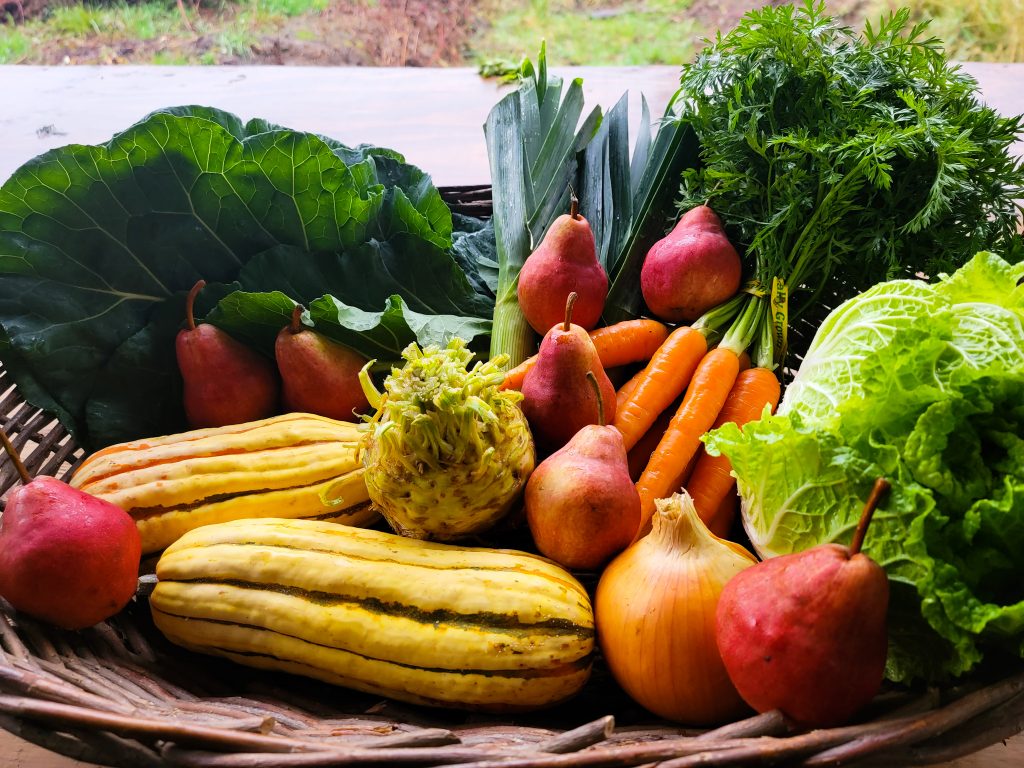
Special Announcements
Don’t forget to pick up your shares and check your name off the list each week! With the reduced number of shares and the season only being 5 weeks, there isn’t a lot of wiggle room for us to accommodate any changes you may need to make, and we aren’t able to do any make-up boxes if you accidentally forget to pick up your share. We know everyone’s busy, especially with the holidays right around the corner, but in order to keep it fair for everyone (not to mention, run a business!) we have to stick to our guidelines as much as possible. We appreciate your understanding on this.
If you do miss your box, give your site host a call to see if they still have it. As all our hosts are volunteers, any shares left after the 7pm deadline at the residential sites becomes forfeit, but you never know. If you know you’ll be late, give them a call before that window closes to see if you can make arrangements. One thing we do ask is that you respect the timeframes given for the pickups and deliveries. All of our hosts have graciously donated their porches and driveways, and we don’t want to take advantage of that.
If you pickup at a market and you miss your share, give us a call or send us an email the next business day. With the reduced packing and delivery days for the Late Season, there isn’t much we can do to reroute a box, but we can put a label on the return and hold it until the next delivery the following weekend. The boxes stay in a cooler so they’re relatively fresh, but we cannot replace the box if you miss it.
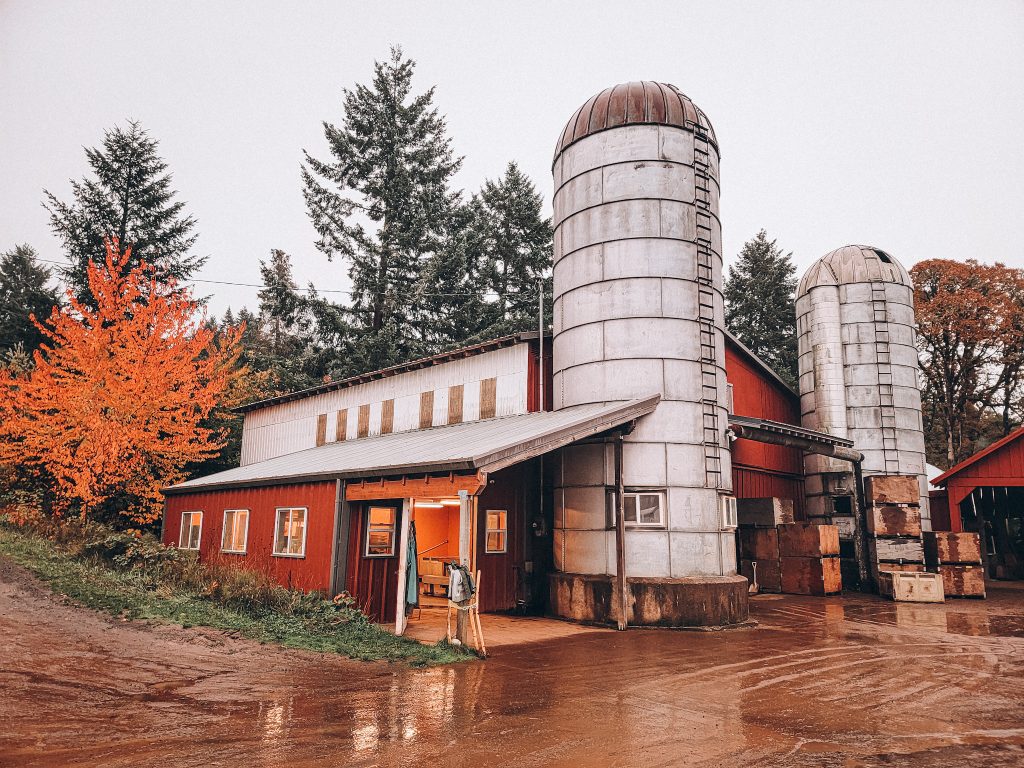
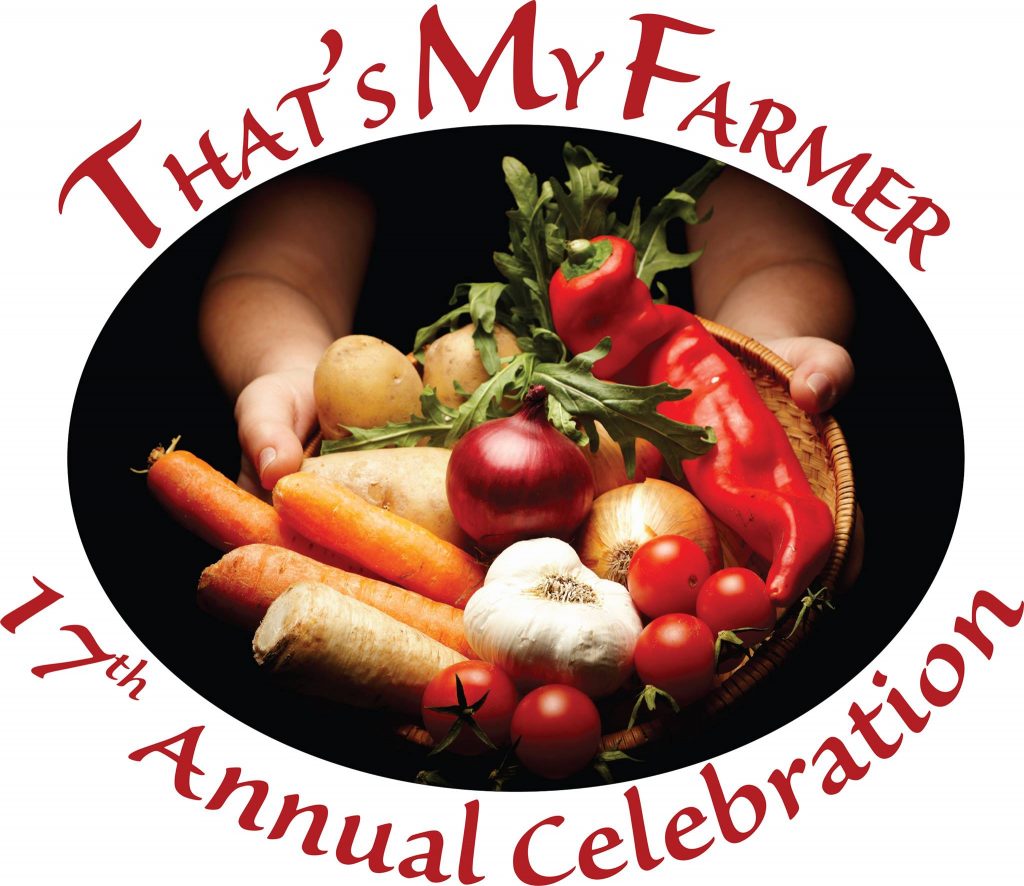
That’s My Farmer was a Success!
A big thank you to all of those who donated and participated in the That’s My Farmer dinner on October 18. I’ve heard back from the committee and they all say it was a rousing success! We appreciate all of you who sent in donations or showed up to get a dinner. It was great for the committee to see your smiling faces, even with the changes and safety precautions due to the pandemic. The local farms that benefit sure do appreciate you, too!
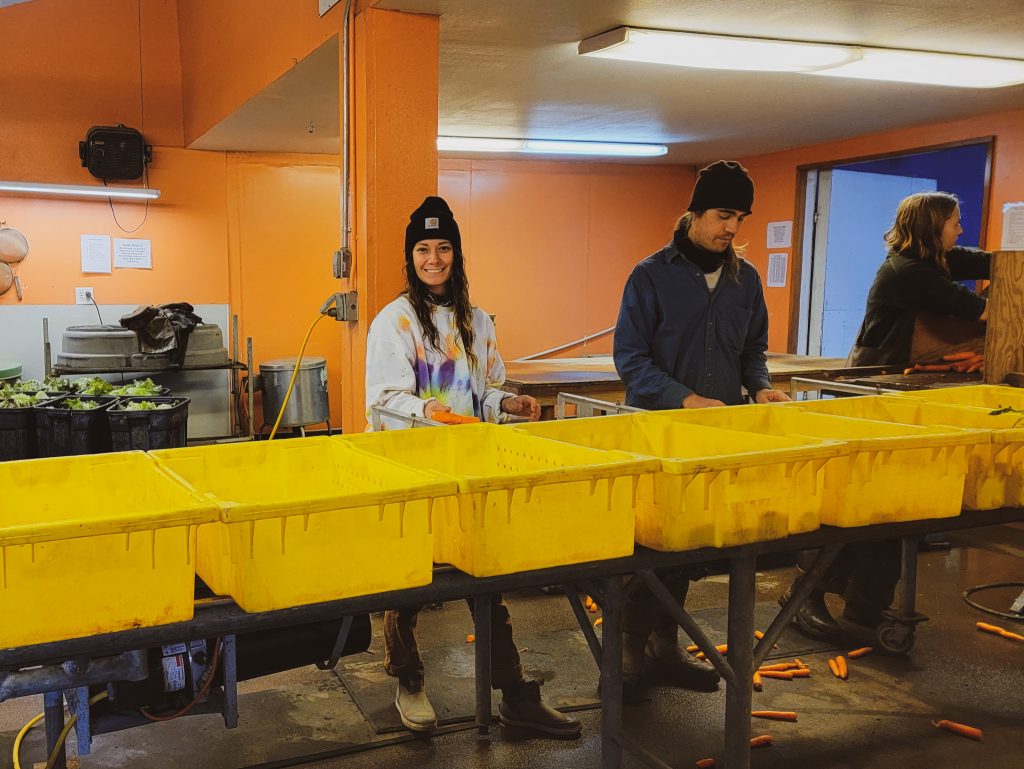
What’s Going on at the Farm?
Fall in the Pacific Northwest has arrived, and it has been wet, wet, wet! Right now, we’re doing our best to stay dry and the crew is spending their time harvesting burdock, and packing for wholesale orders. Lots of root vegetables are coming out of the ground right now. Carrots, onions, turnips, oh, my! We might be sopping wet by the end of the day, but we’re still having fun with it as the seasons wind down.

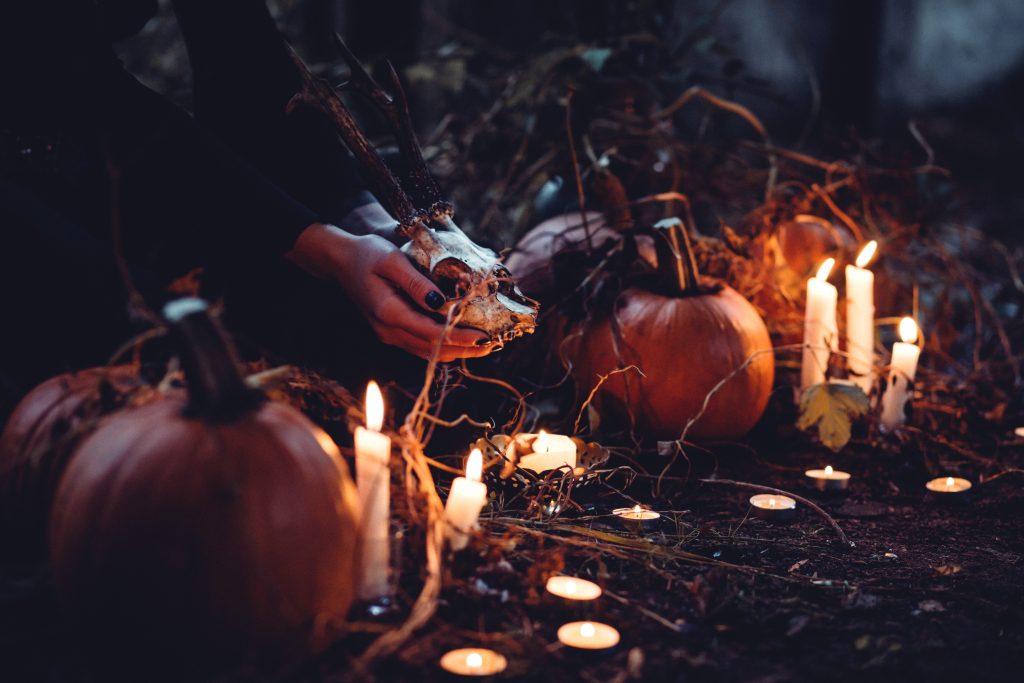
This Sunday is Halloween, and we’re all familiar with the costumed tiny humans roaming about, asking us all for candy. If you’re like me, you’ll get to be out in the rain this weekend, laughing right along with them to the cheery sounds of “Trick or Treat!” But did you know that Halloween is actually derived from the Pagan holiday Samhain (pronounced SOW-wen)? Samhain was originally a Celtic fire festival that celebrated the end of the harvest and the beginning of the “dark half” of the year. The ancient Celts believed the veil between the worlds was thinnest during Samhain, and the spirits on the other side were free to walk the earth. This day, later to be called All Hallow’s Eve and then Halloween, was said to be good for communing with the dead and divining the future, but it could be dangerous, too. Malevolent spirits could come through the veil and damage the crops, so one did their best not to anger the spirits. Turnips and pumpkins would be hollowed out to warn away evil spirits and protect those who dwelled inside the houses (sound familiar?) The holiday was celebrated by festivals and feasts complete with huge bonfires to mark the event.

The day after Halloween, on November 1, is considered in many cultures and religions to be the Day of the Dead. The Catholics call the day All Saints’ Day, but for many hispanic cultures, and Mexican culture in particular, the day after the veil is lifted between the worlds in referred to as el Dia de los Muertos. In these cultures, the holiday is used to welcome the souls of their families back for a brief reunion. Many would go to their loved ones’ graves or set up an offering at home, where they would have food, drink, and celebrate the time they can connect with those they have lost. The offerings have photos of the dead, as well as their favorite food or drink, candles, and calacas or calaveras, what many english-speaking cultures know as “sugar skulls.” It is said the gates of Heaven open at midnight on October 31 and remain open for twenty-four hours. The bright petals of the marigold flower act as a guide and a bridge between the living and the dead who traverse beyond the veil.
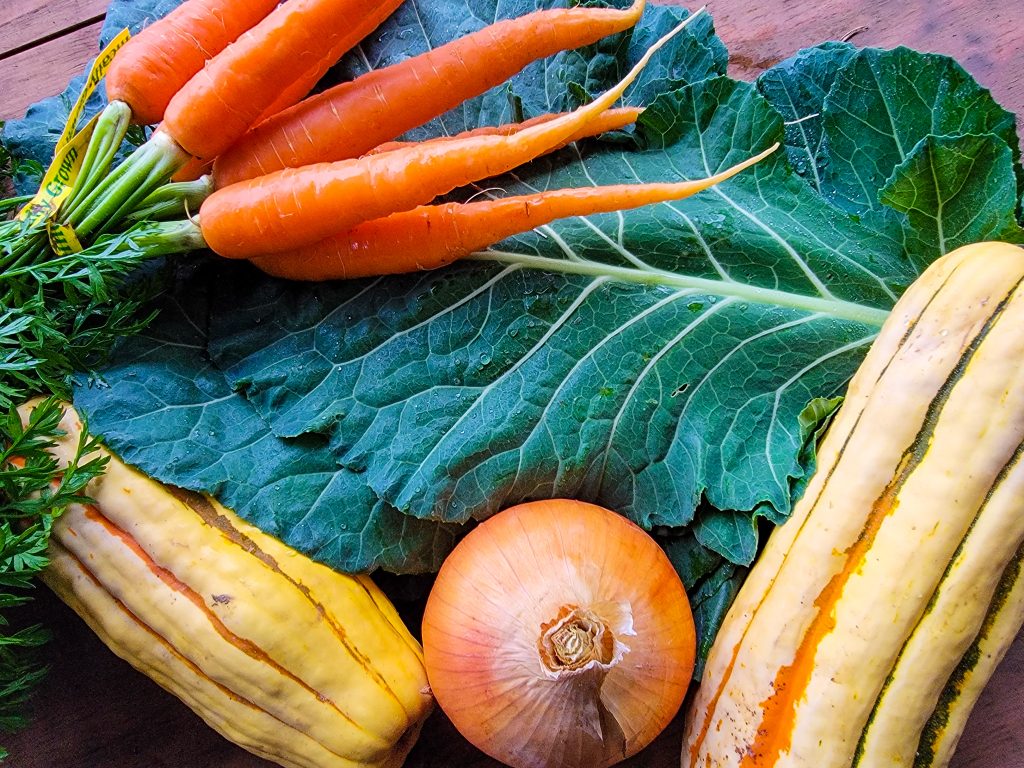
What’s in your Box this Week:
- Delicata squash
- Napa cabbage
- Onion
- Celeriac
- Leeks
- Carrots
- Pears
- Collard greens
We aren’t always able to harvest our veggies in equal share, but we’re doing our best with a limited season and still keeping excellent notes! If we aren’t able to get you something this time, we’ll do our best to get you next time. For the half-share folks, we’re doing our best to get you as much as we can, but some veggies will only be available one week out of the five, so we may not be able to get you something if it doesn’t fall on your week. Thank you all so much for your understanding as we strive to fill your shares with delicious food each week!
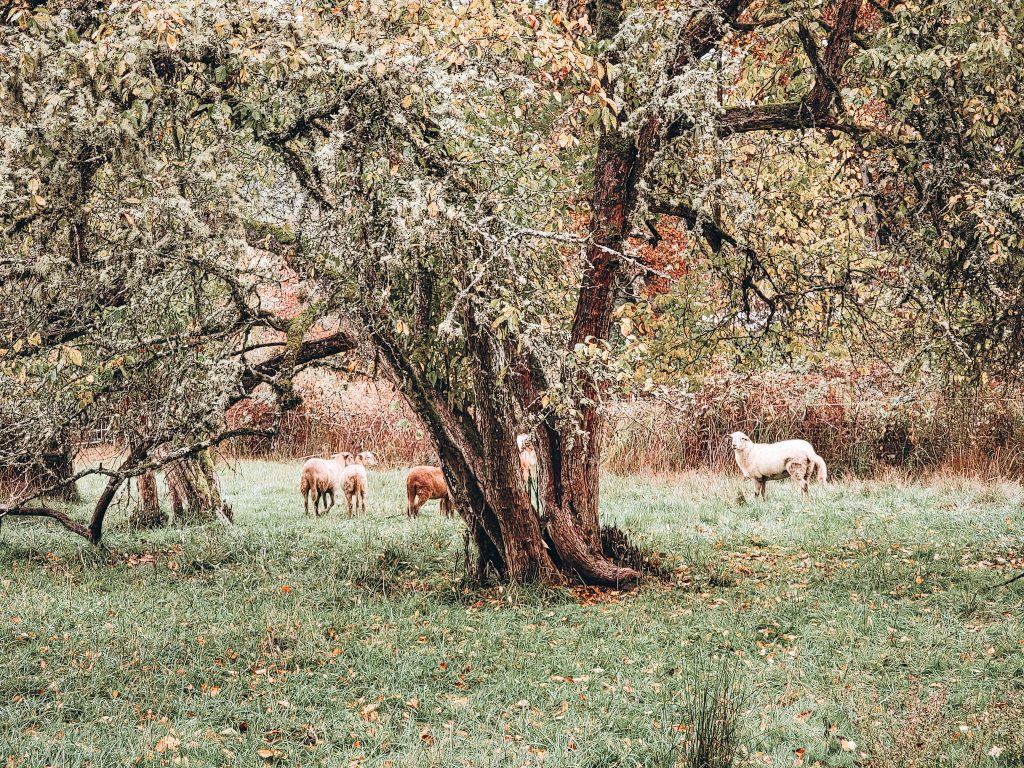
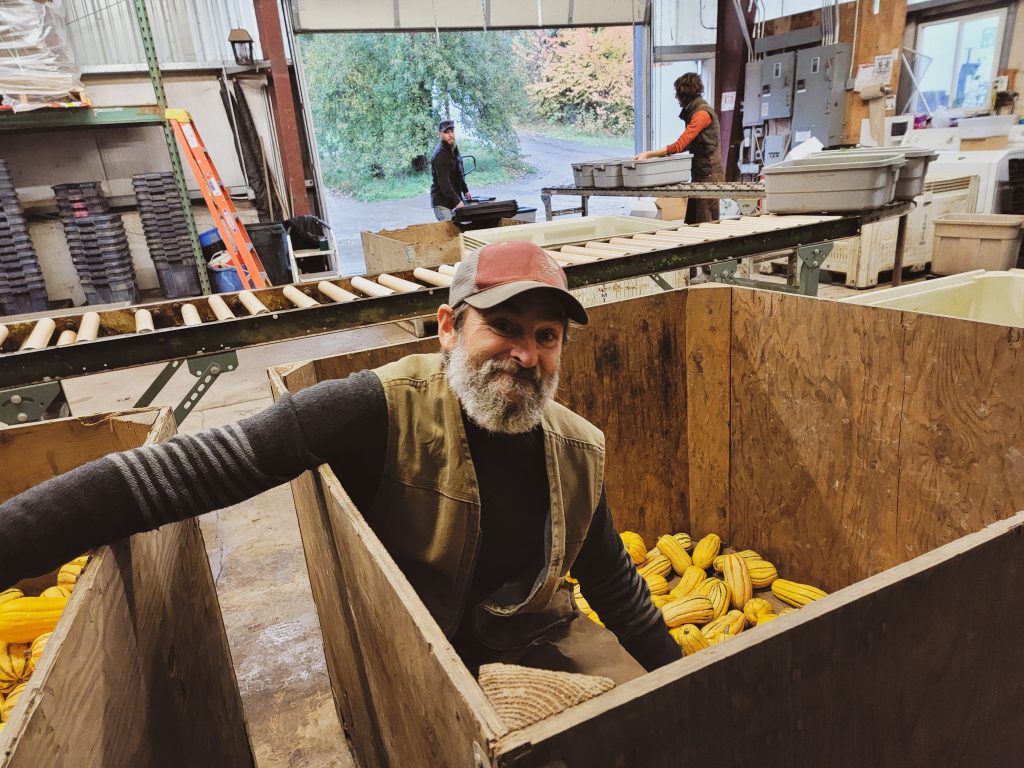
Handy Tips:
- Collards: Just prior to use, swish the collard leaves in a basin of lukewarm water. After any grit has settled, lift the leaves out carefully. This may need to be done more than once. You can store collard greens wrapped in a damp towel or plastic bag (preferably unwashed) in the hydrator drawer of your refrigerator. They are best used fresh, but they may last for up to a week if they’re stored properly. Keep them moist. Collard greens can be cooked or eaten raw as a wrap for stir-fries and salads.
- Napa Cabbage: Napa Cabbage is cleverly packaged. Just stick the dry, unwashed cabbage in the fridge. The outer leaves may eventually get floppy, but you can remove and discard them to reveal fresh inner leaves. Cabbage can keep for a month, but once cut, you can store them in a plastic bag. Rinse your cabbage under cold running water just before use. Peel away the outer leaves if necessary, and cut the cabbage in half through the stem end. Lay flat and quarter it, again through the stem end. Balance each section upright and slice away the triangular core exposed at the base. Then chop, sliver, or grate the quarters. You can use the raw cabbage to make coleslaw or sauerkraut. Stir-fry or braise until slightly browned. Use steamed or boiled cabbage leaves to wrap rice or meat fillings.
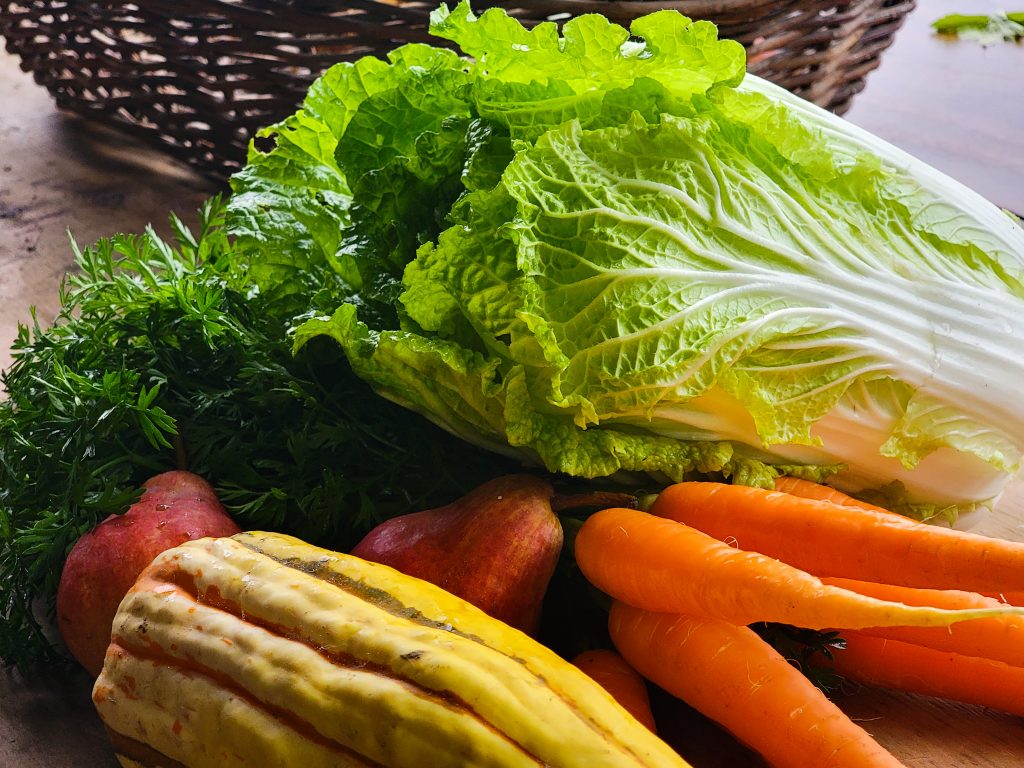
What We’re Making:
- Delicata squash is a big hit in my house, and this simple Parmesan Crusted Delicata Squash recipe is great.
- This Napa Cabbage Stir Fry will make a tasty side or full meal.
- I love finding new recipes to add to my meals, so I am looking forward to these Onion and Cheddar Biscuits.
- Soup is the warming food this season, and this Celeriac Soup with Chorizo Oil might just hit the spot.
- This Cherry Tomato, Leek, and Spinach Quiche is a new twist on an old favorite.
- This Parsnip and Carrot Soup is bound to have some impressive flavor.
- Do you like lamb? Try this Pear and Pomegranate Lamb Tagine.
- Collard greens are the original comfort food, and this recipe is bound to be delicious.
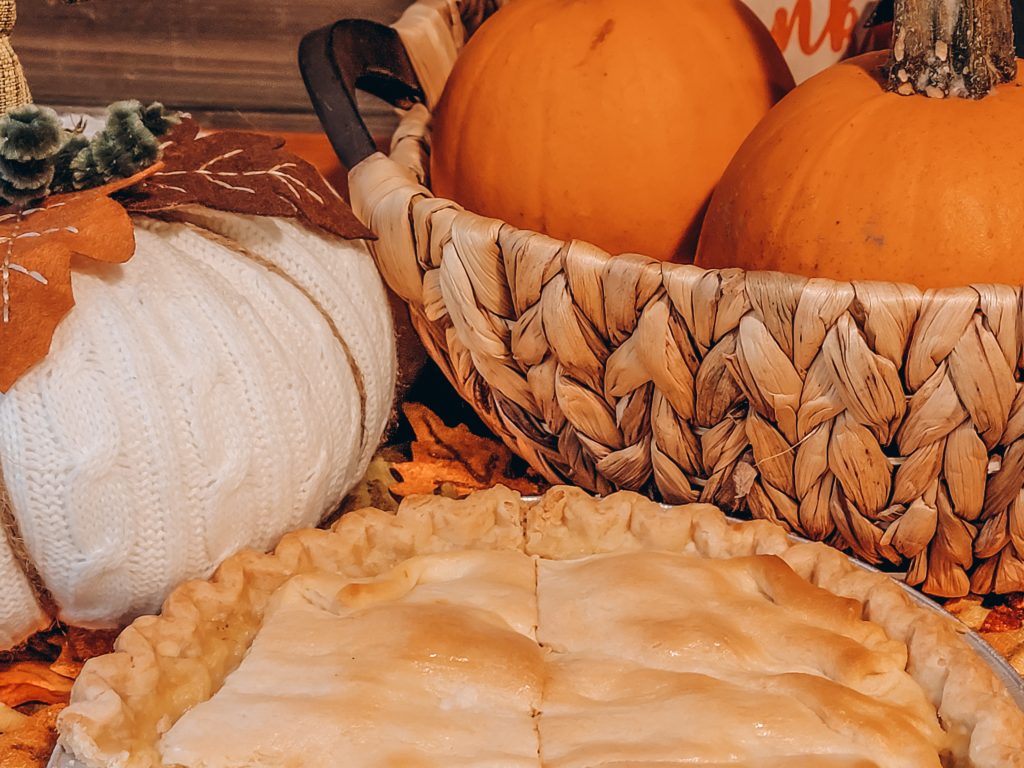
We tried out this delicious Chicken Pot Pie recipe from Joanna Gaines from “Fixer Upper.” She makes some of the best comfort food. Her recipe only called for a few vegetables, but since I have so many from the farm, I threw some of those in too. I added potatoes and turnips to mine along with Winter Green carrots, and it was amazing! What are you making? Send us a picture at [email protected] or tag us on social media, and you might see it on the blog! You can find us on Instagram (@wintergreenfarm) or on Facebook (Winter Green Farm). We’d love to see what you’re cooking up!
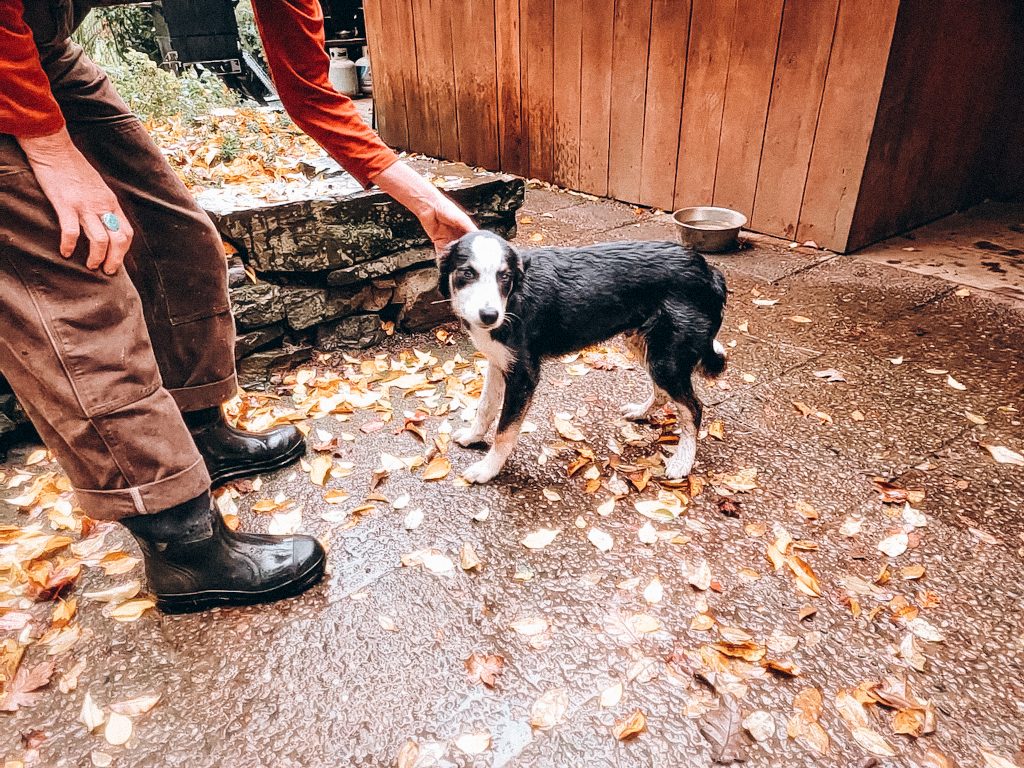
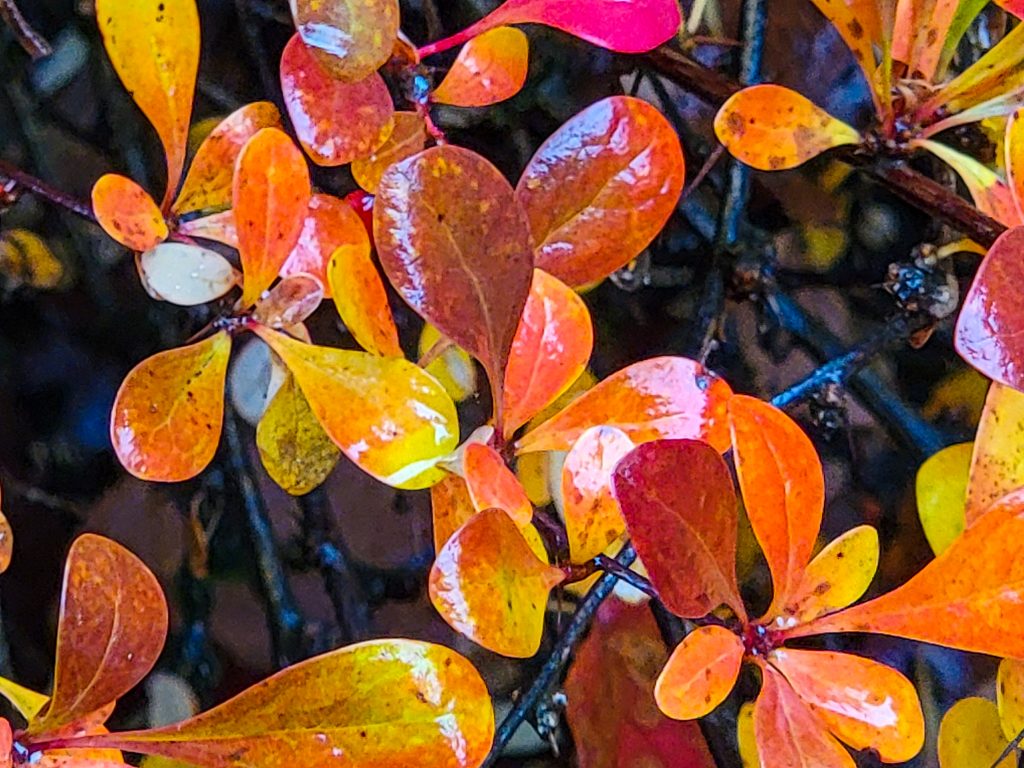
We’re so grateful you’re allowing us to tag along on your food journey this year, and we hope you stay dry this weekend for Halloween, Samhain, and the Day of the Dead. No matter how you celebrate, enjoy delicious food, make memories with your loved ones, and take in the changing seasons. Until next time.
Many blessings,
Chelsea and your Winter Green farmers